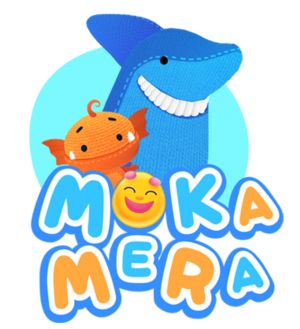Moka Mera Emotions

Moka Mera Emotions is a playful, educational application that supports the emotional and social skill development of children aged 3-8. Children can explore and learn how to identify their emotions using emotional filters and picture cards. Using the selfie camera, children can see a funny filter effect that links with each emotion. The child – together with the adult – learns how to identify and discuss the emotions of the self and others. This app can be used in early childhood education by children together with their teachers, or at home with their parents as a tool to identify and discuss different emotions. This is a fun way to explore the range of emotions we have, and the app works as a basis for meaningful discussions.
By tapping the emoticons in the app, representing 19 different emotions, the image of the child’s face will change accordingly. The emotional filters are a good tool for strengthening self-esteem and self-confidence. The filter “happy” transforms the child’s mouth into a smile. The filter “angry” generates smoke that comes out from the child’s nostrils, whereas the filter “sad” creates animated tears coming out from the child’s eyes. The purpose of the photographs is to teach the children how to identify, manage, express, and discuss emotions as well as understand and manage the emotions of others, which strengthens the children’s emotional skills.
There are 7 core emotions in the app; Happy, Surprised, Sad, Angry, Disgusted, Afraid, Love. There are 12 additional emotions; Proud, Curious, Lonely, Ashamed, Disappointed, Jealous, Bored, Sleepy, Shy, Worried, Nervous, Relieved, and Me (no specific emotion). Additionally, there are 19 drawn emotion cards with Moka Mera, the little monster, representing the same 19 emotions. There are 12 languages available in the app.
Recognizing your emotions and learning to manage them is one of the most important skills you can acquire. Helping children find their voice and being able to have a conversation about how they’re feeling with a safe adult means that they will feel happier, safer, and more confident.
Children should be taught the language necessary to label and identify the different emotions they may experience. We need to let children know that feeling different emotions is normal and that emotions are individual to us, we all share the same emotions but we experience them differently.
Is this your Product Page? Improve it! Login now to update your information.





